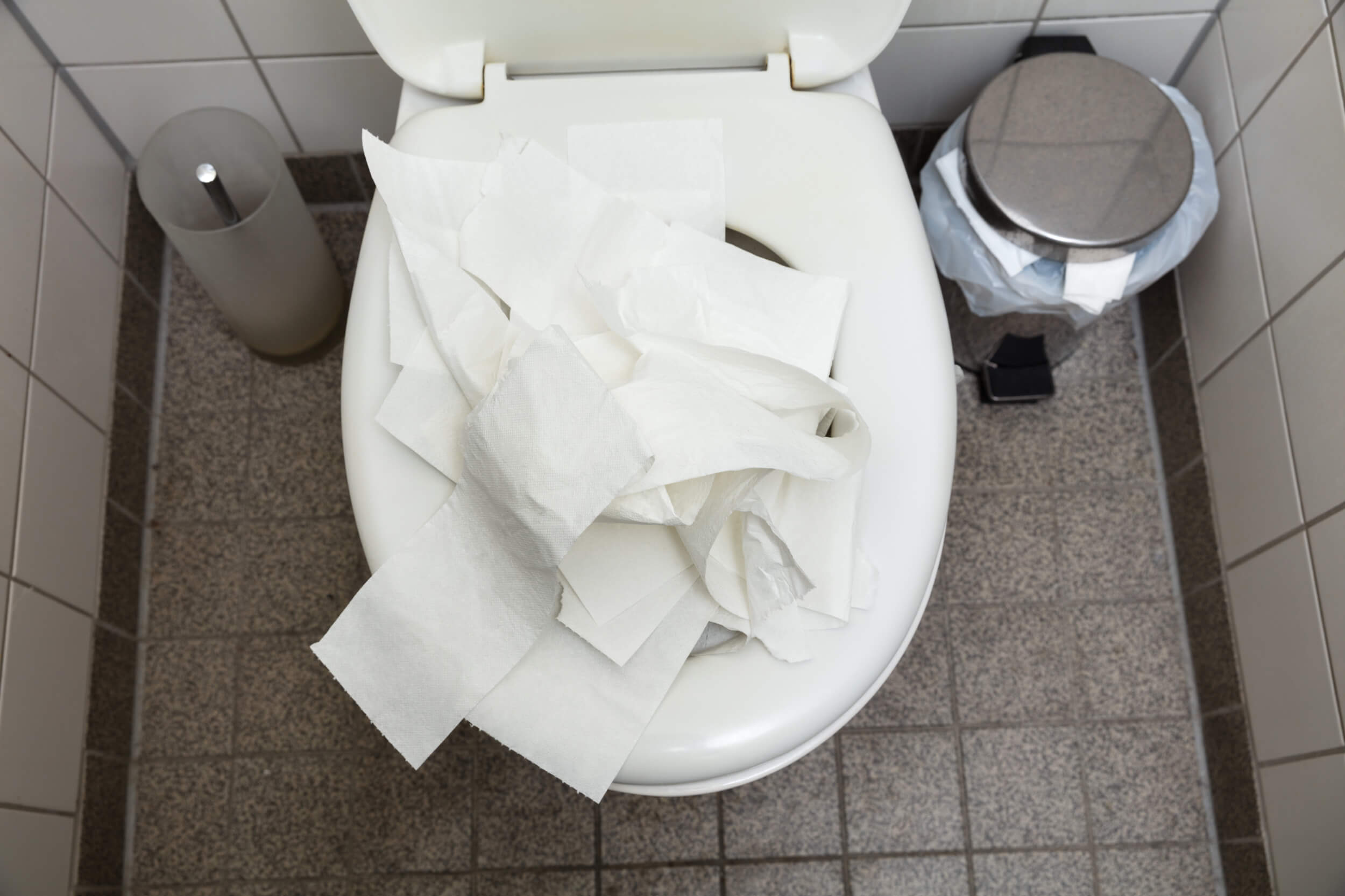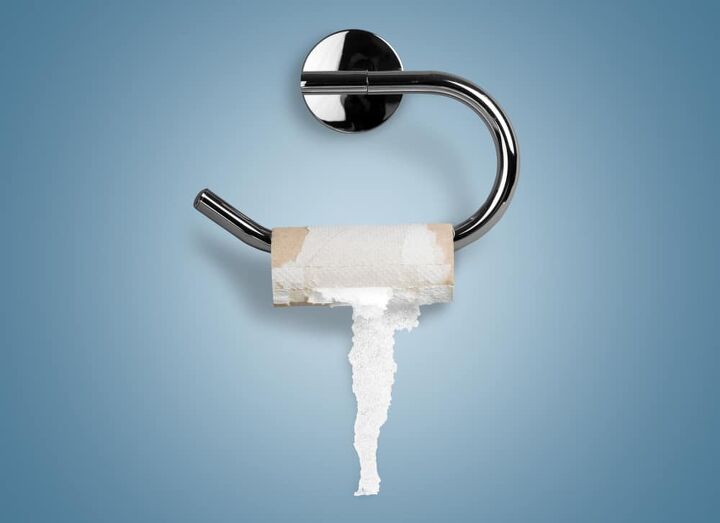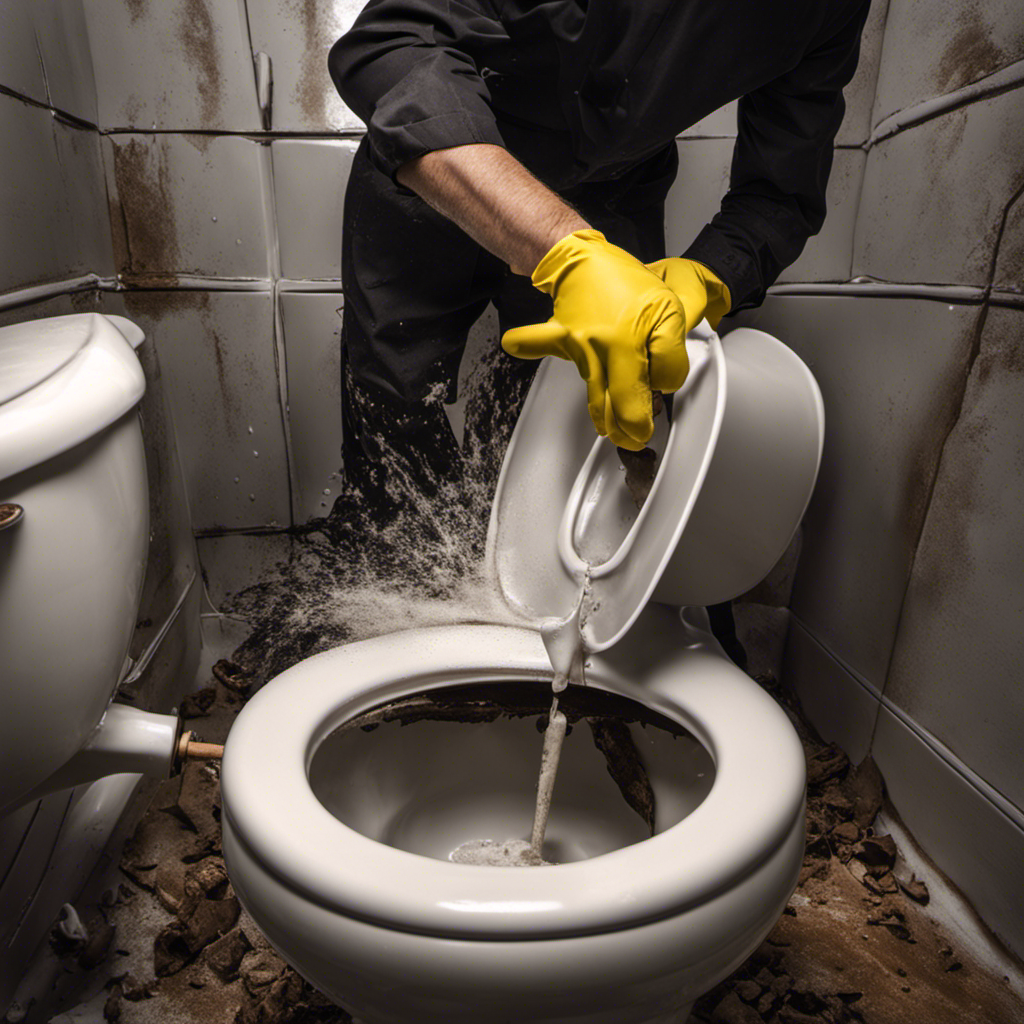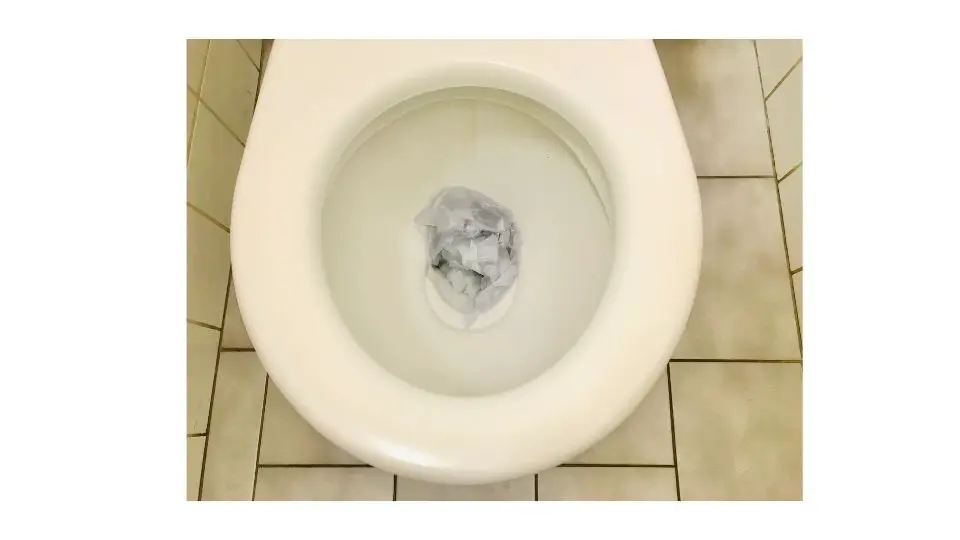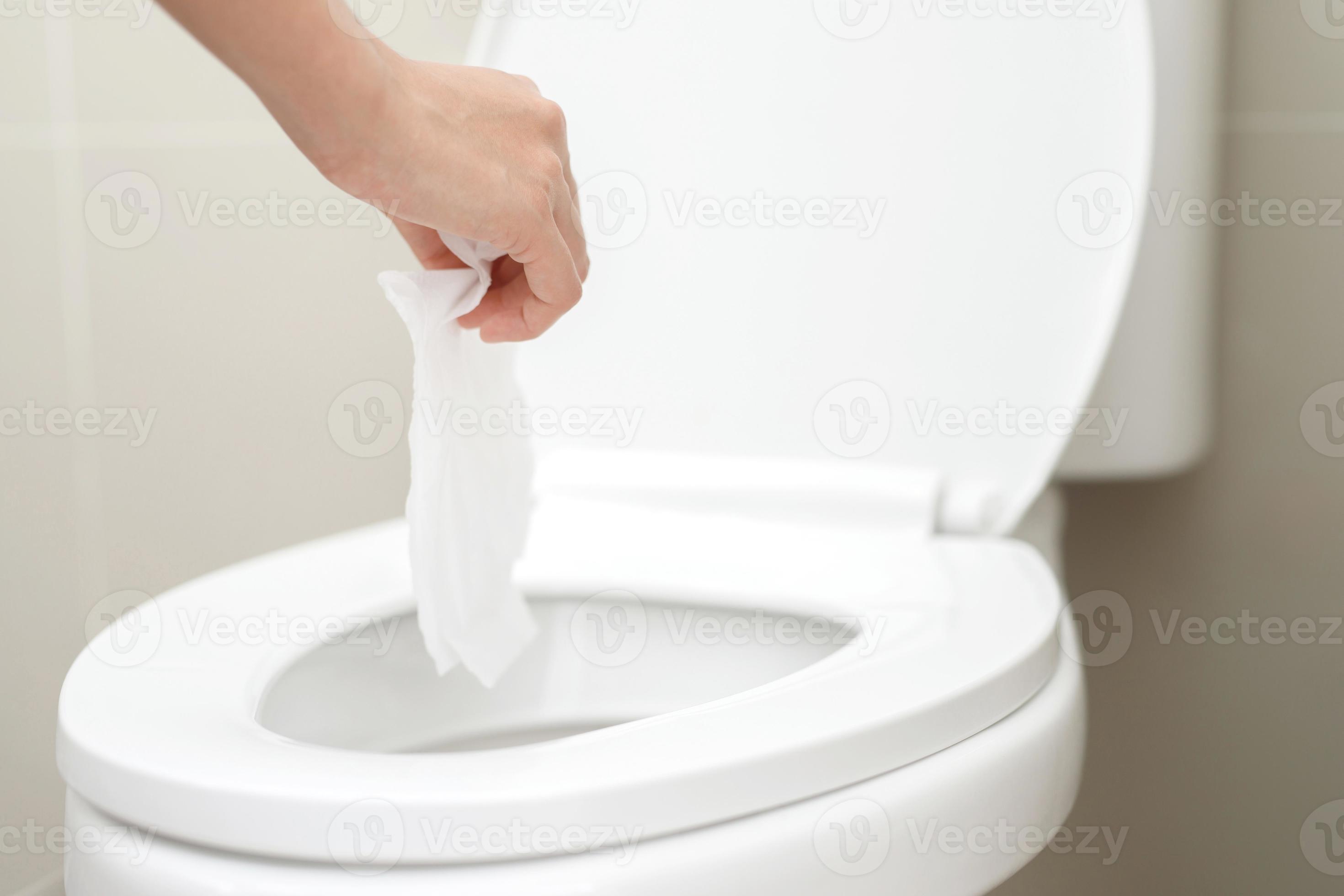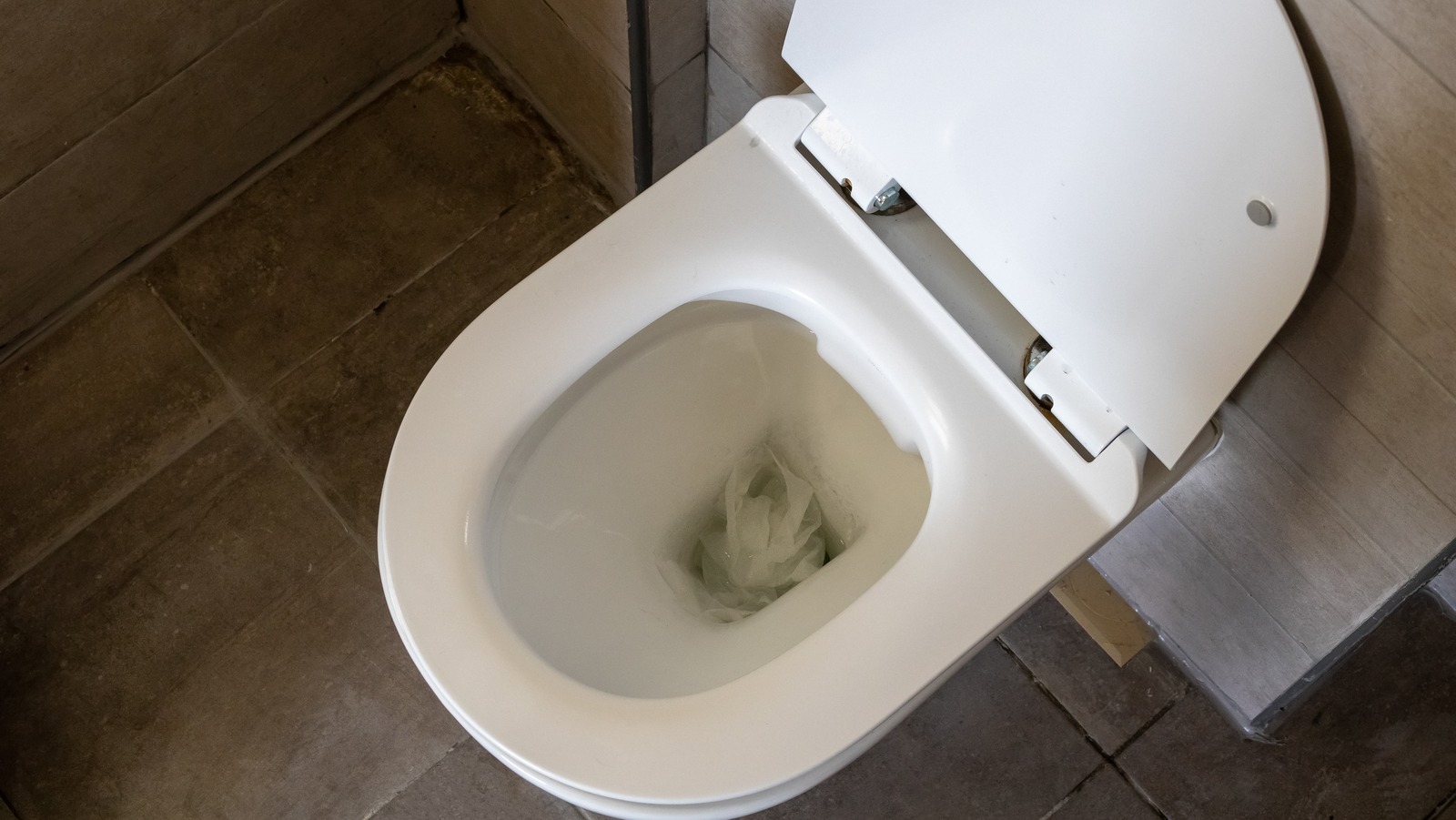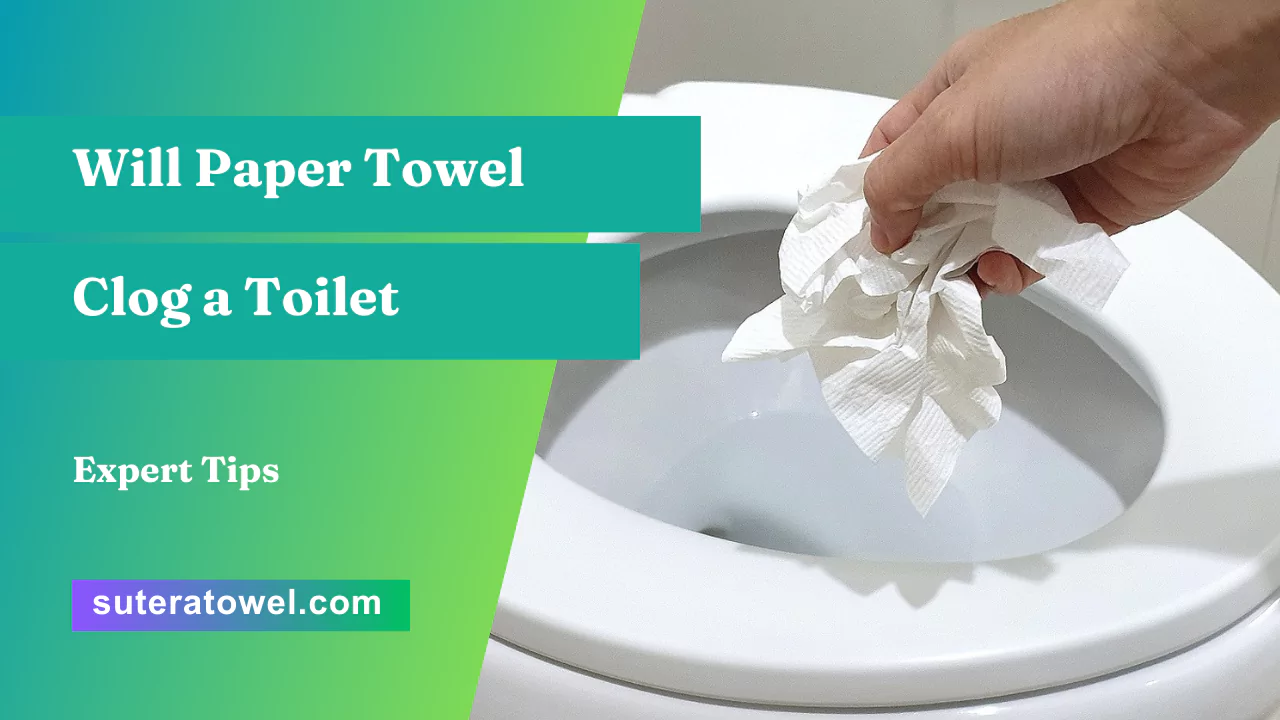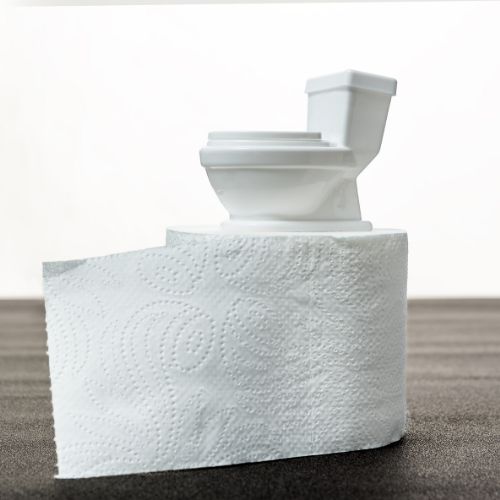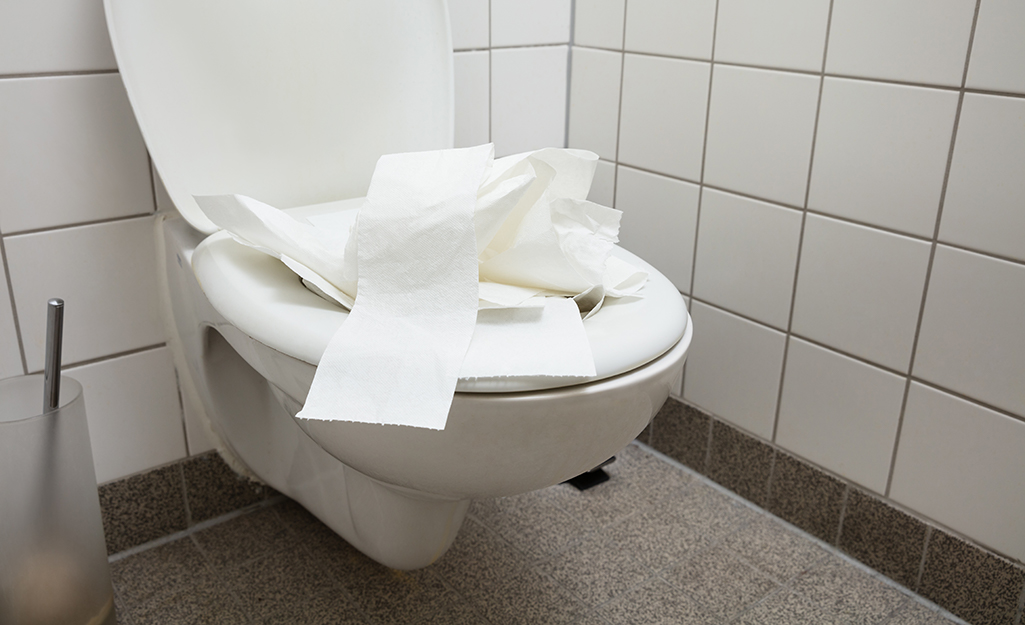Will Toilet Paper Clog The Toilet
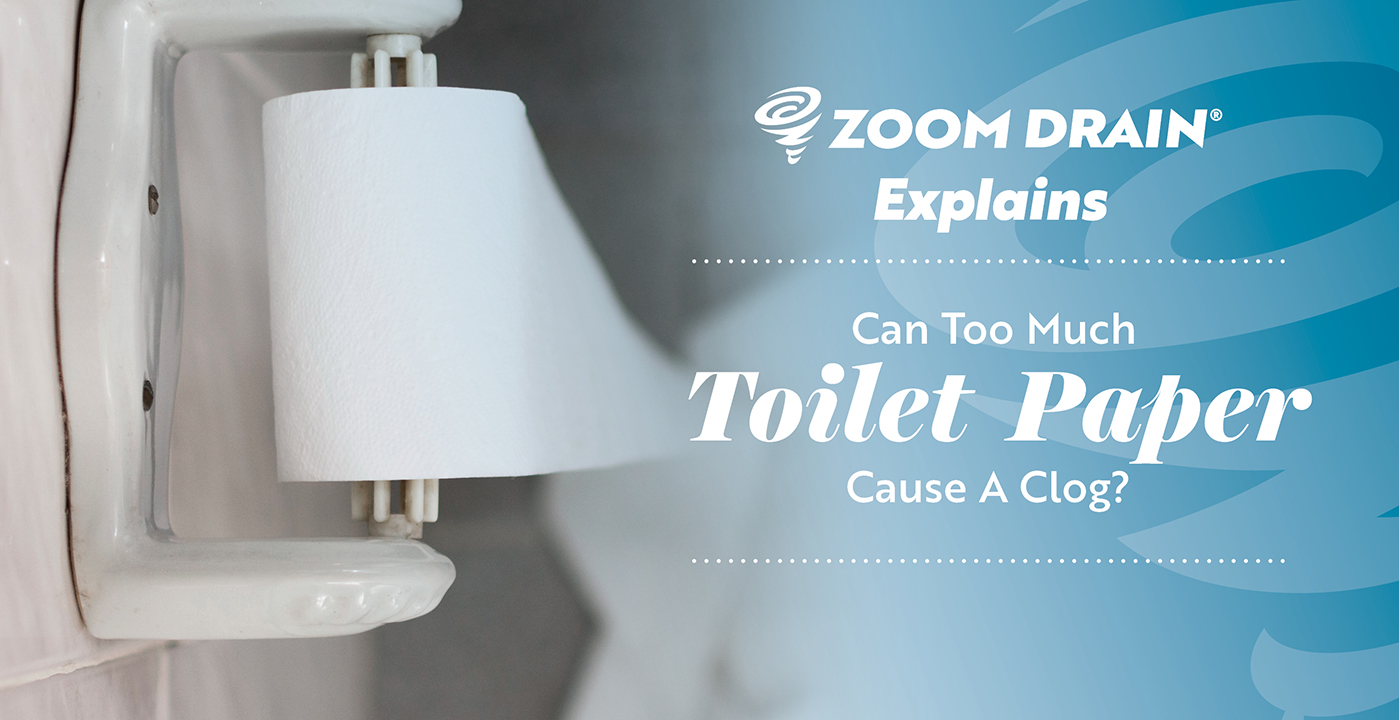
The age-old question resurfaces with every flush: will this toilet paper clog the toilet? Concerns about plumbing problems and the environmental impact of different types of toilet paper have led to ongoing debates among consumers, plumbers, and manufacturers.
At the heart of the debate lies the trade-off between comfort, cost, and the ability of toilet paper to break down quickly in sewer systems. This article delves into the factors that influence toilet paper's flushability, explores expert opinions, and examines the potential consequences of using toilet paper that doesn't disintegrate properly.
Understanding Toilet Paper and Flushability
Toilet paper is designed to disintegrate in water, but the rate and completeness of this process vary significantly depending on several factors. These include the type of fiber used, the manufacturing process, and the number of plies. The heavier and stronger the toilet paper, the more difficult it is to break apart.
Single-ply toilet paper generally breaks down faster than multi-ply options. Many consumers prefer the added strength and absorbency of two- or three-ply paper, leading to a potential increase in plumbing issues. The environmental impact of manufacturing multiple ply toilet paper is also higher.
What the Experts Say
Plumbers consistently advise against using excessively thick or quilted toilet paper, as these are more likely to cause clogs. According to the American Society of Plumbing Engineers (ASPE), the primary concern is the ability of toilet paper to break down before reaching municipal sewer systems or septic tanks. The less the toilet paper breaks down, the higher the chance of clogging.
"We see countless calls related to clogged pipes, and a significant portion are due to non-flushable materials, including certain types of toilet paper," says John Smith, a master plumber with 20 years of experience. He continues, "Homeowners can save themselves a lot of money and hassle by choosing toilet paper that disintegrates easily."
Municipal water treatment facilities also face challenges from toilet paper that doesn't break down effectively. This undissolved material can contribute to the accumulation of sludge, increasing the cost of treatment and potentially leading to overflows during heavy rainfall. Upgrading treatment facilities to manage non-disintegrating toilet paper places a heavy financial burden on water districts.
The Flushability Debate: Dissolvability Tests and Standards
The concept of "flushability" has been a source of considerable debate, primarily due to the lack of a universally accepted standard. Manufacturers often label their products as "flushable," but the definition of this term can be subjective. There are voluntary guidelines proposed by organizations like the Association of the Nonwoven Fabrics Industry (INDA), but these are not legally binding.
Independent testing labs conduct disintegration tests to assess how quickly and completely toilet paper breaks down in water. These tests typically involve agitating toilet paper samples in a controlled environment to simulate the conditions in sewer pipes. The time it takes for the paper to fully disintegrate is then measured.
"While these tests provide valuable data, they don't always perfectly replicate real-world conditions," explains Dr. Emily Carter, an environmental engineer specializing in wastewater treatment. "Factors such as water hardness, the age of plumbing systems, and the presence of other waste materials can all affect how toilet paper behaves."
Human Interest: The Cost of Convenience
For many consumers, the choice of toilet paper comes down to a balance between comfort, cost, and convenience. Softer, thicker toilet paper is often perceived as more luxurious, leading people to purchase it without considering its potential impact on their plumbing. Quilted toilet paper often gives the user a feeling of "cleanliness" due to its thickness.
However, the long-term costs of using such products can be significant. Homeowners may face expensive plumbing repairs due to clogs, and municipalities may need to invest in upgrades to their wastewater treatment infrastructure. The savings from buying cheaper toilet paper can quickly be outweighed by the cost of these problems.
Consider Maria Rodriguez, a homeowner who experienced repeated plumbing issues due to her choice of toilet paper. "I always bought the softest, thickest toilet paper I could find," she admits. "I didn't realize it was causing so many problems until my plumber pointed it out. Switching to a thinner, single-ply option has made a huge difference."
Making Informed Choices
Consumers can take several steps to minimize the risk of toilet paper-related clogs. Choose toilet paper that is specifically designed to disintegrate quickly. Look for products labeled as "septic-safe" or "biodegradable," and avoid excessively thick or quilted options.
It is advisable to conduct a simple at-home test to assess the disintegration rate of toilet paper. Place a few sheets of toilet paper in a clear container filled with water, shake it vigorously, and observe how quickly the paper breaks down.
Beyond these steps, consider limiting the amount of toilet paper used per flush and avoiding flushing any non-flushable items, such as wipes, sanitary products, or paper towels. By making informed choices and adopting responsible flushing habits, consumers can help protect their plumbing systems and contribute to a more sustainable future.
